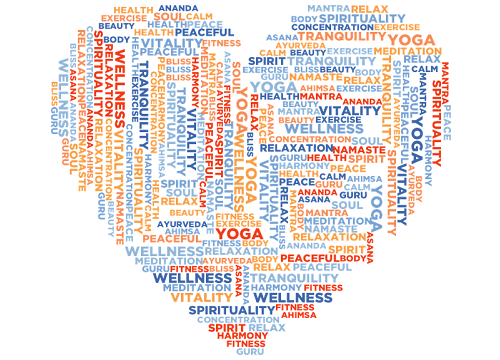 All adults, including seniors, should be aiming for at least 30 minutes of exercise five times per week. But, only 28-34 percent of adults aged 65-74 and 35-44 percent of adults aged 75 and older actually get the recommended amount of exercise each week.
All adults, including seniors, should be aiming for at least 30 minutes of exercise five times per week. But, only 28-34 percent of adults aged 65-74 and 35-44 percent of adults aged 75 and older actually get the recommended amount of exercise each week.
Exercise provides seniors with too many benefits for to be skipping out on it! Listed below are five reasons that every senior should be exercising regularly.
1. Improved Immune Function
Regular physical exercise helps boost the immune system and decreases the risk of illnesses like the common cold and influenza.
Researchers aren’t exactly sure what it is about exercise that improves immune system functioning, but they have a few theories, including the following:
- Regular physical activity flushes bacteria out of the airways and lungs to prevent respiratory illnesses
- Exercise alters antibodies and white blood cells (cells that fight disease) and increases the rate at which they circulate, which allows them to detect and fight back against illnesses earlier
- Since the body’s temperature rises during and immediately after exercise, it is harder for bacteria to grow
- Exercise slows the release of stress hormones, which, in excess, suppress immune function and make one more susceptible to disease
2. Stronger Respiratory and Cardiovascular Systems
Exercise also lowers the blood pressure and, in turn, reduces the risk of developing cardiovascular and respiratory diseases. When these systems are working more efficiently, they can do a better job of cleaning out the body and getting rid of bacteria and other invaders that cause illnesses.
3. Stronger Bones
Exercise -- resistance training, in particular -- also help prevent bone loss, which decreases seniors’ risk of developing osteoporosis. When the bones (and the muscles surrounding them) are stronger, seniors are also less likely to experience falls and fractures.
Regular exercise is especially important for senior women, who are more susceptible than men to bone loss after menopause. In fact, women are four times more likely than men to struggle with osteoporosis.
4. Better Gastrointestinal Function
Consistent resistance training can also lead to an increased metabolism. A faster metabolism not only helps seniors manage their weight as they age, but it also promotes a more efficient, better functioning digestive system. This is a great bonus for seniors who struggle with constipation or slow digestion.
5. Protection from Chronic Illnesses
Exercise improves immune system functioning to protect against acute illnesses like influenza. But, it also can work wonders in helping prevent chronic illnesses like Parkinson’s disease and dementia.
Researchers believe that exercise reduces people’s risk of developing Parkinson’s disease because it increases levels of GDNF (glial cell derived neurotrophic factor). This is a protein that protects and promotes neuron growth.
Exercise is effective for preventing dementia, as well, because of its ability to improve heart health. A healthy heart will send blood more consistently to the brain, which helps prevent the degeneration that leads to dementia.
Exercise also decreases one’s risk of being overweight or obese, both of which are risk factors for many chronic diseases, including Parkinson’s and dementia.
In addition to being a preventive measure, exercise can also help minimize symptoms of these conditions. This is especially true for people with Parkinson’s, who can extend their independence and maintain their coordination for much longer when they stick to a consistent exercise routine.
Tips for Starting (and Sticking with) a New Workout Routine
It’s evident that seniors can reap a variety of benefits from consistent exercise. But, if they’re not used to regular physical activity, it can be challenging for them to start and stick with an exercise regimen.
These tips can help seniors maintain motivation and find a form of physical activity that they enjoy doing on a regular basis:
- Start slow and work towards small improvements (taking more steps throughout the day, exercising for just 15 minutes, etc.)
- Find ways to exercise and socialize simultaneously (group fitness classes, walking groups, etc.)
- Minimize joint pain with knee or elbow braces
- Use arch supports when walking to reduce pain in pressure points of feet
- Schedule workouts on the calendar to create a sense of accountability
- Don’t forget to schedule rest days to let the muscles recover


Comments